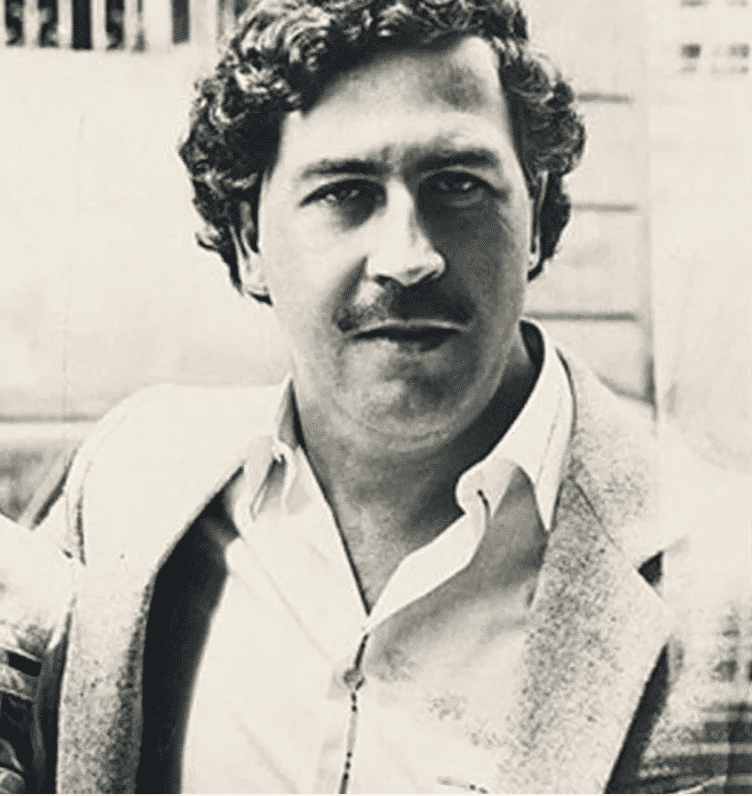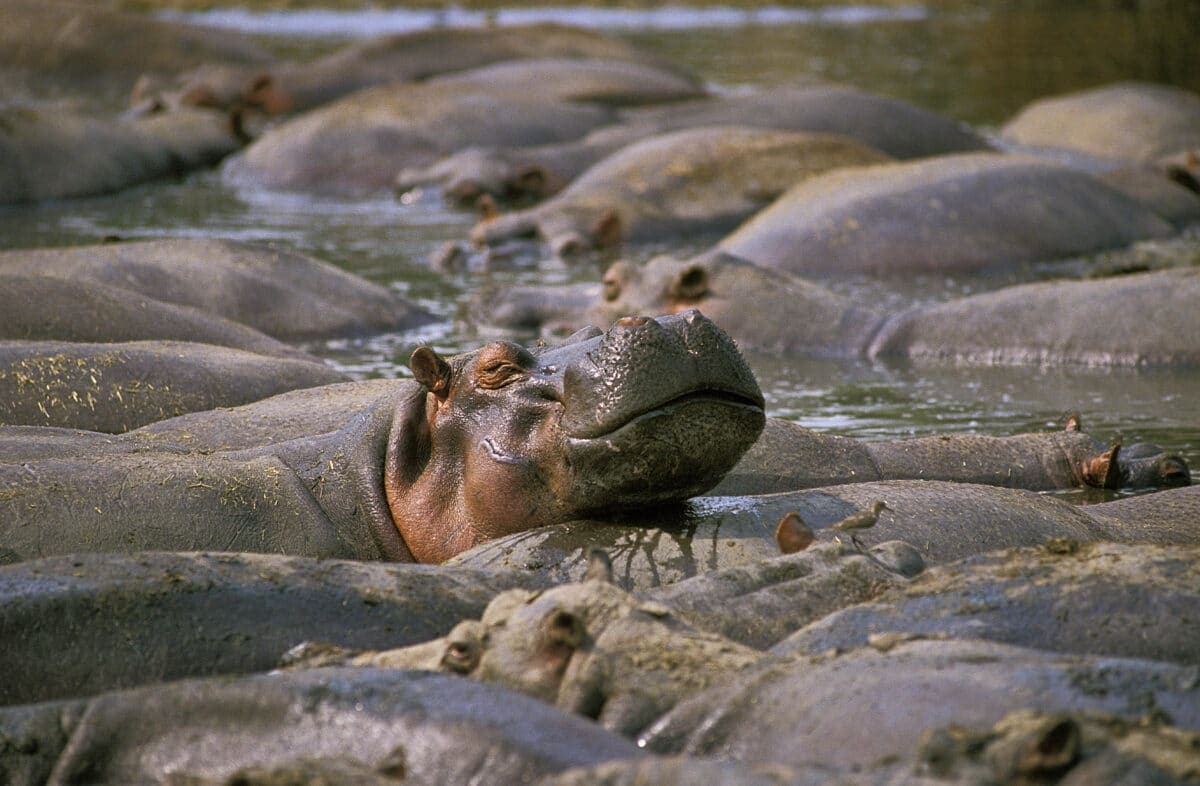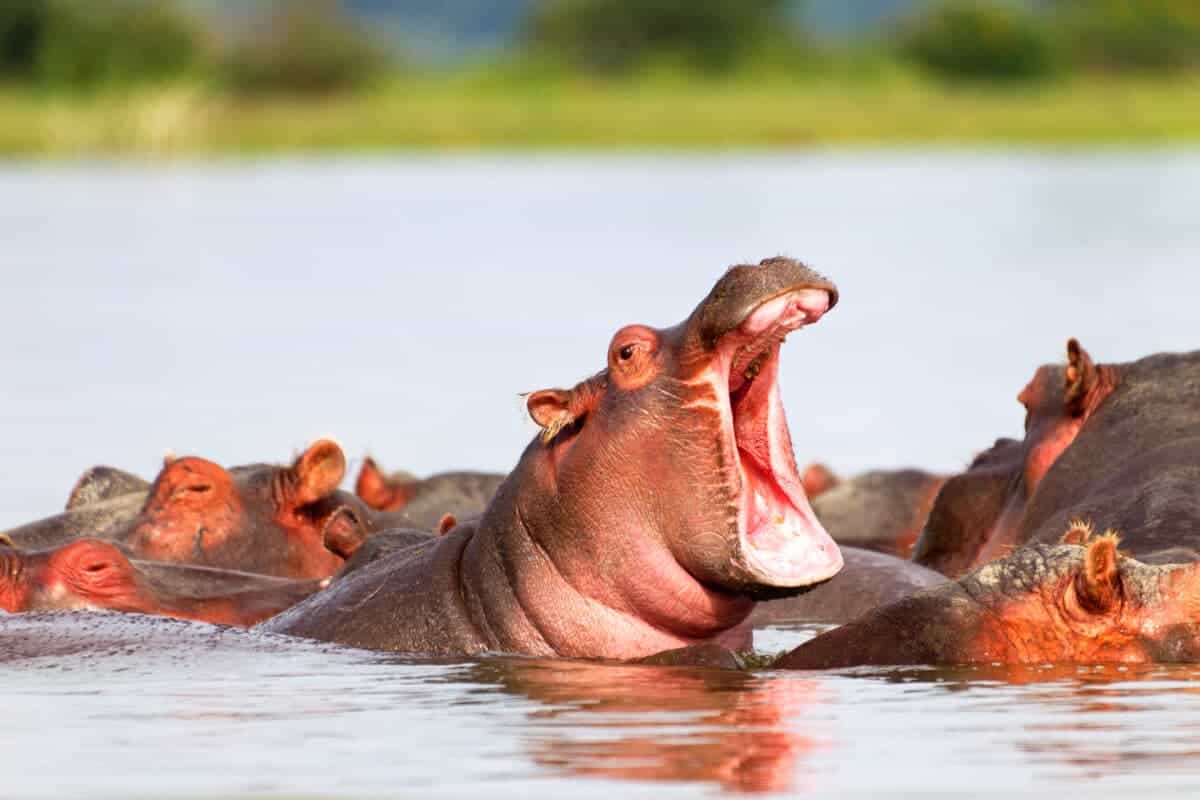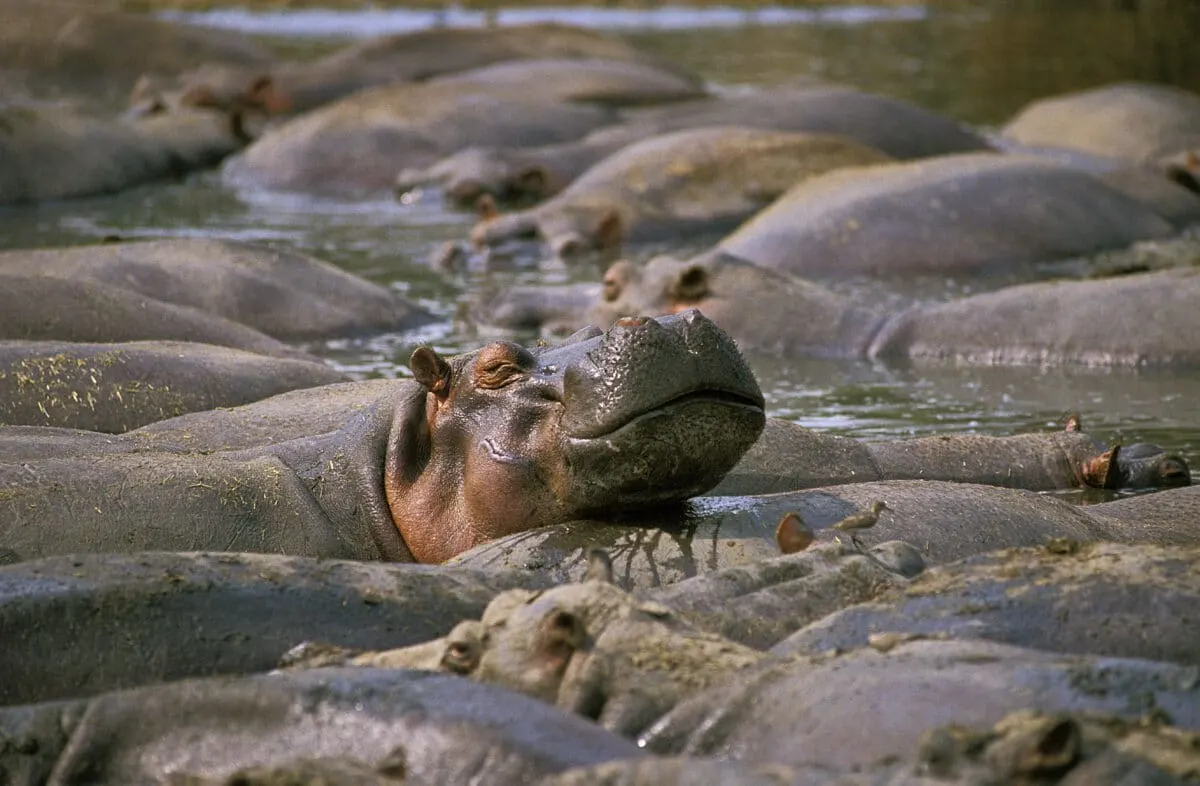In the lush landscapes of Colombia, the legacy of infamous drug lord Pablo Escobar extends beyond the realms of crime and narcotics. One of the most peculiar remnants of his extravagant lifestyle is a population of hippos that once belonged to his private zoo. These hippos, now roaming the Colombian countryside, have become a unique ecological challenge, prompting the government to contemplate drastic measures for their removal.

Escobar’s menagerie included various exotic animals, but none have left as lasting an impact as his hippos. Imported to Colombia in the 1980s, these large mammals were part of his grandiose estate known as Hacienda Napoles. Following Escobar’s death in 1993, the government took control of his assets, but the hippos proved difficult to manage. With the lack of natural predators and an abundant food supply, the population has exploded, raising concerns among conservationists and officials alike.
The Colombian government faces a dilemma with Escobar’s hippos. On one hand, they have become a unique attraction, drawing tourists and generating income for the local economy. On the other hand, their presence poses a threat to the delicate balance of the local ecosystem. With no natural predators, the hippos have multiplied rapidly, competing with native species for resources and altering the landscape.
What Next For Pablo’s Hippos?

The decision to remove or manage the hippos has sparked controversy and debate. Some argue that these animals are a part of Colombia’s history and should be allowed to roam freely. Others stress the environmental consequences and the potential harm to native wildlife. The Colombian government, caught between heritage and ecological responsibility, has proposed a plan to sterilize the hippos to control their population. However, a more drastic plan in consideration includes killing the majority and sending others to other countries.
At this current rate, 1,000 hippo’s are forecasted to be roaming within Columbia, a country that had nothing to do with these magnificent animals before Pablo Escobar.

One of the primary concerns driving the government’s decision is the potential impact on biodiversity. Colombia boasts rich and diverse ecosystems, home to a variety of plant and animal species. The unchecked proliferation of Escobar’s hippos could lead to a disruption of this delicate balance, with ripple effects throughout the food chain. Conservationists worry about the potential extinction or displacement of native species, leading to irreversible ecological damage.
Additionally, the hippos pose a direct threat to human safety. While they may appear docile, hippos are responsible for more human deaths in Africa than any other large animal. As their numbers increase in Colombia, the likelihood of dangerous encounters rises, putting both locals and tourists at risk. The sterilization plan aims not only to control the population but also to mitigate the potential for human-wildlife conflicts. Implementing such a plan, however, is not without challenges. Sterilizing large mammals in the wild is a complex and resource-intensive task. The capture and treatment of hippos require expertise, funding, and a well-coordinated effort. The Colombian government is actively seeking international support and exploring partnerships with wildlife conservation organizations to ensure the success of this ambitious endeavor.
Join our Forum for free today!

- Elderly Man Kills Grizzly Bear in Montana - July 22, 2024
- Missing Cat Found Weeks Later, 40 Miles Away - July 21, 2024
- The Fastest Animal on Earth: So, How Quick Are Cheetahs? - July 21, 2024

